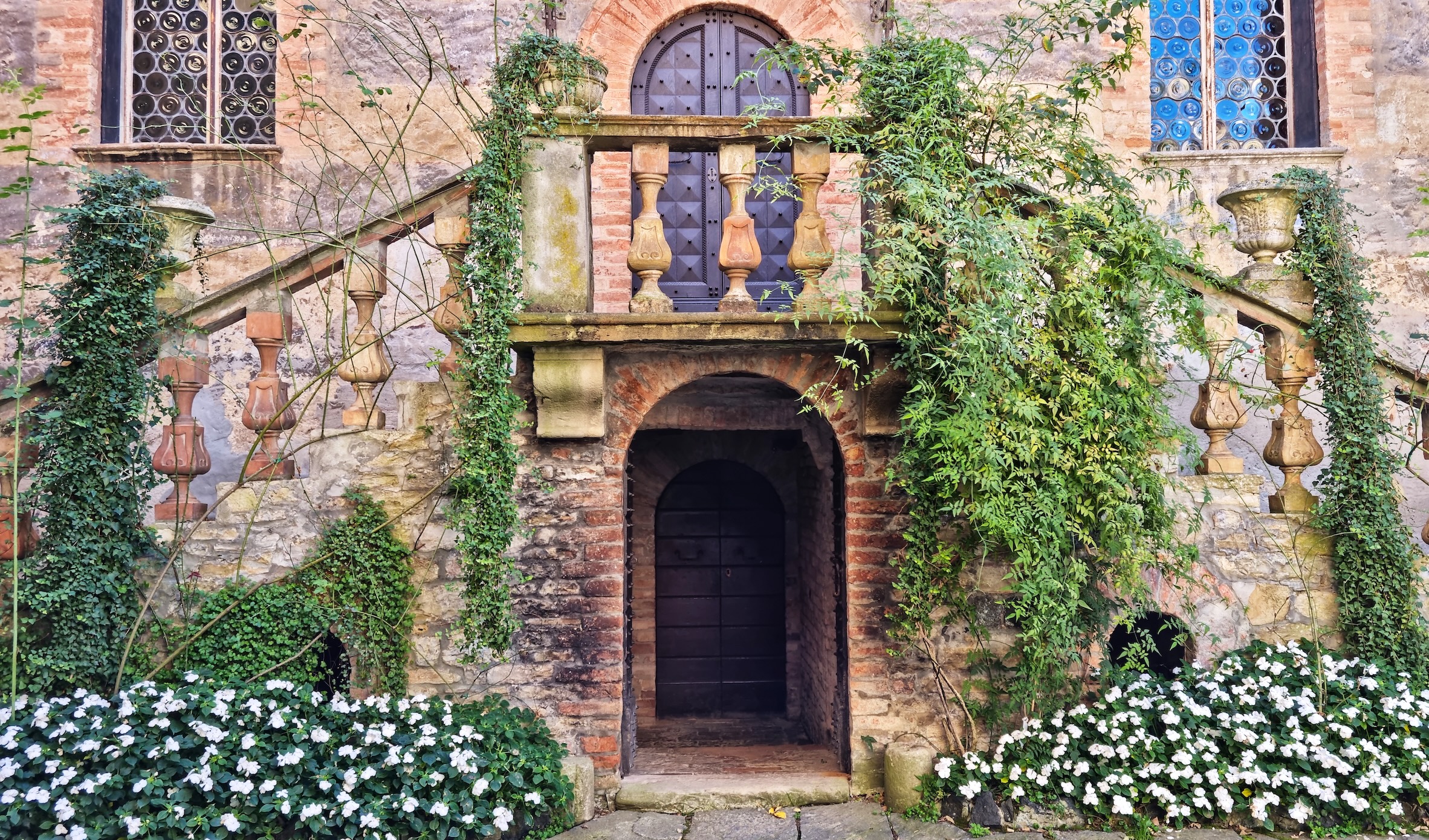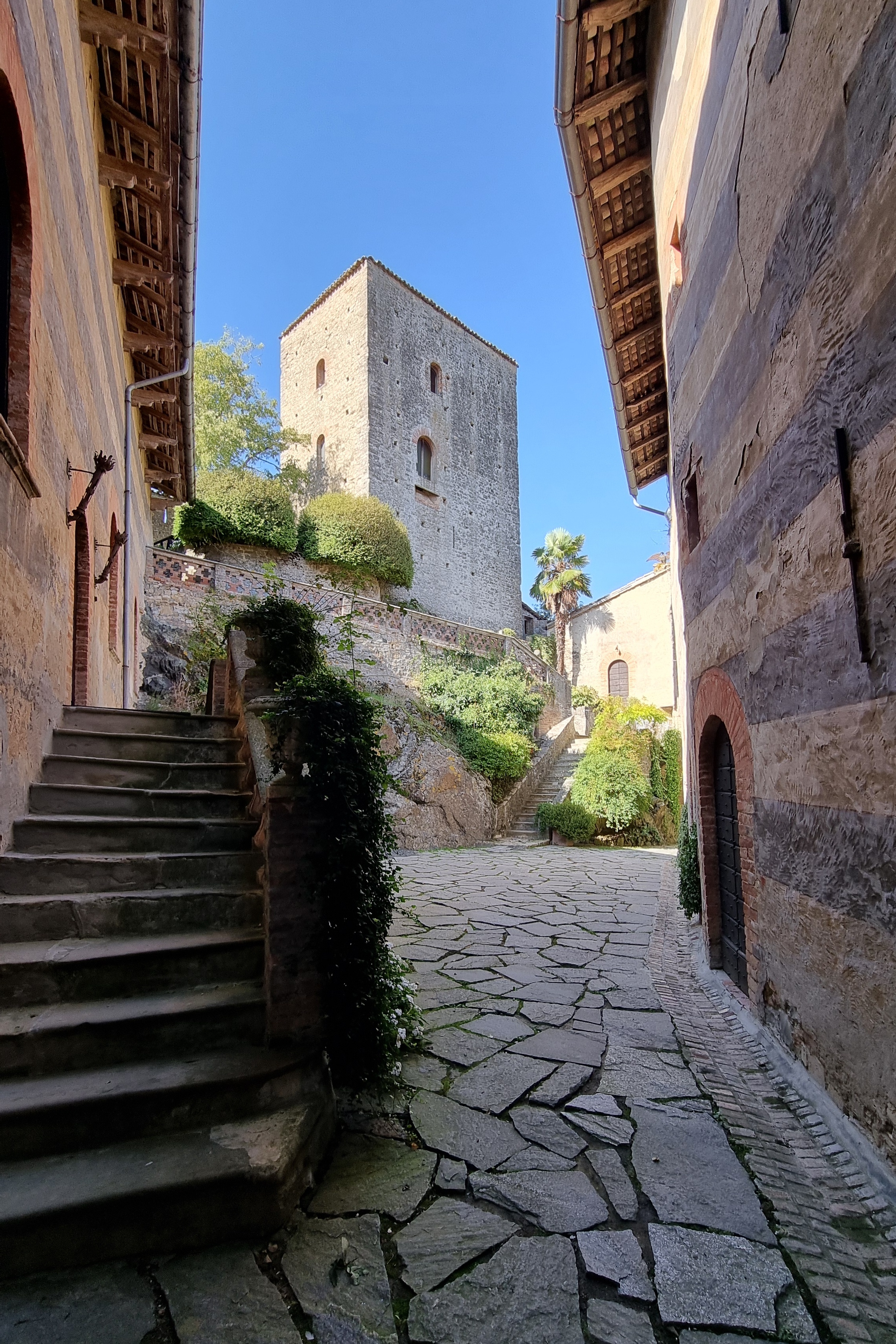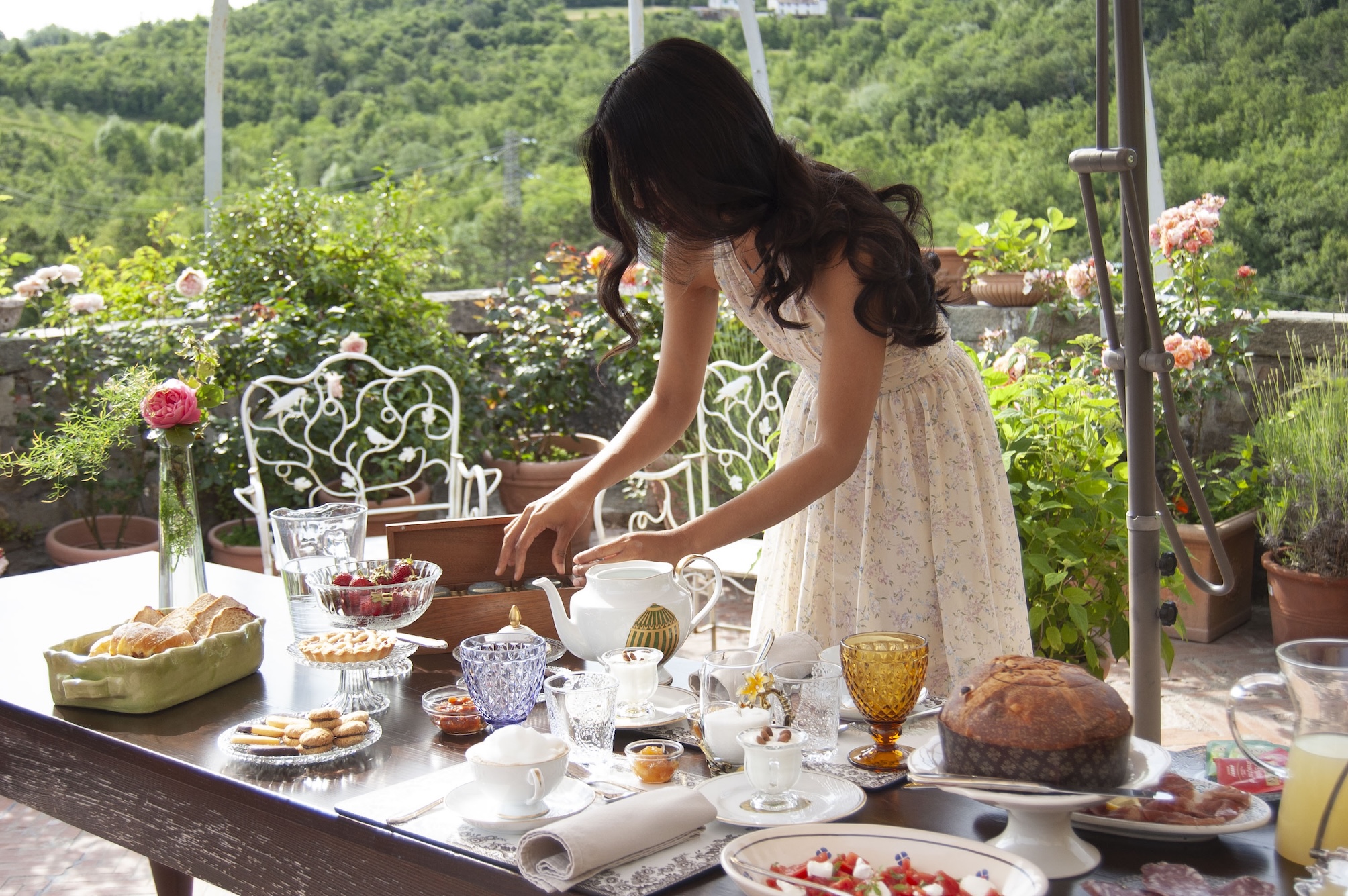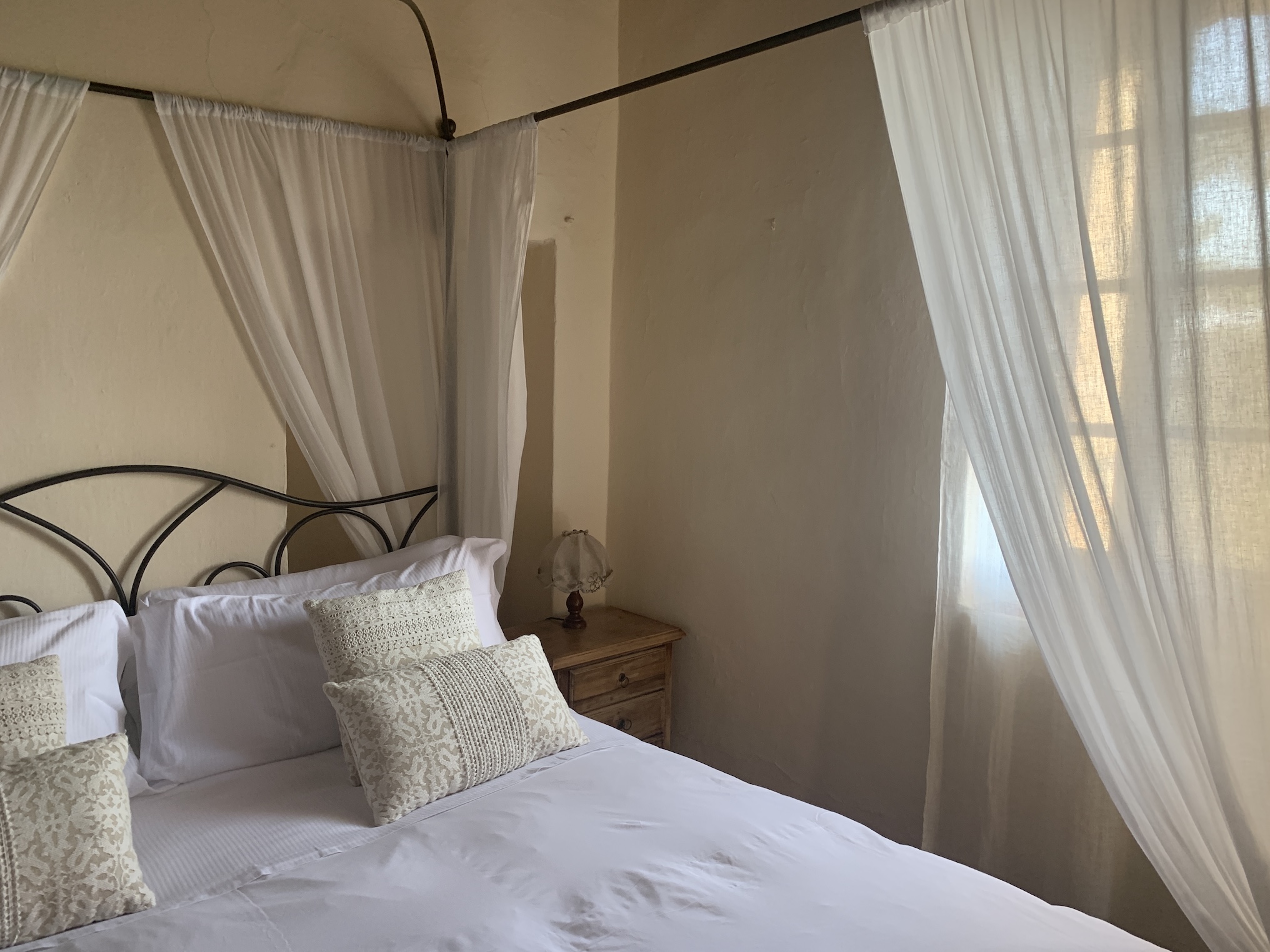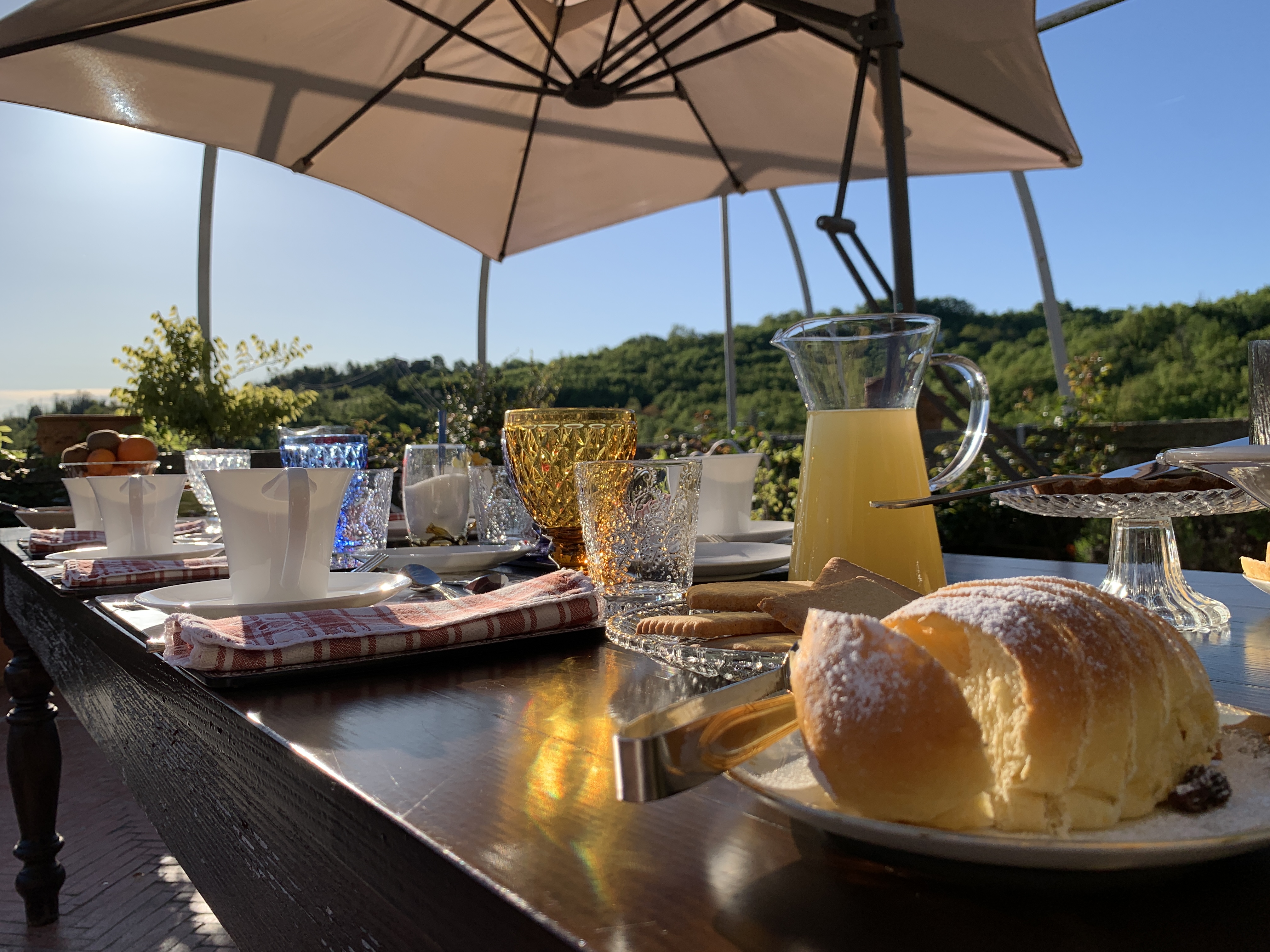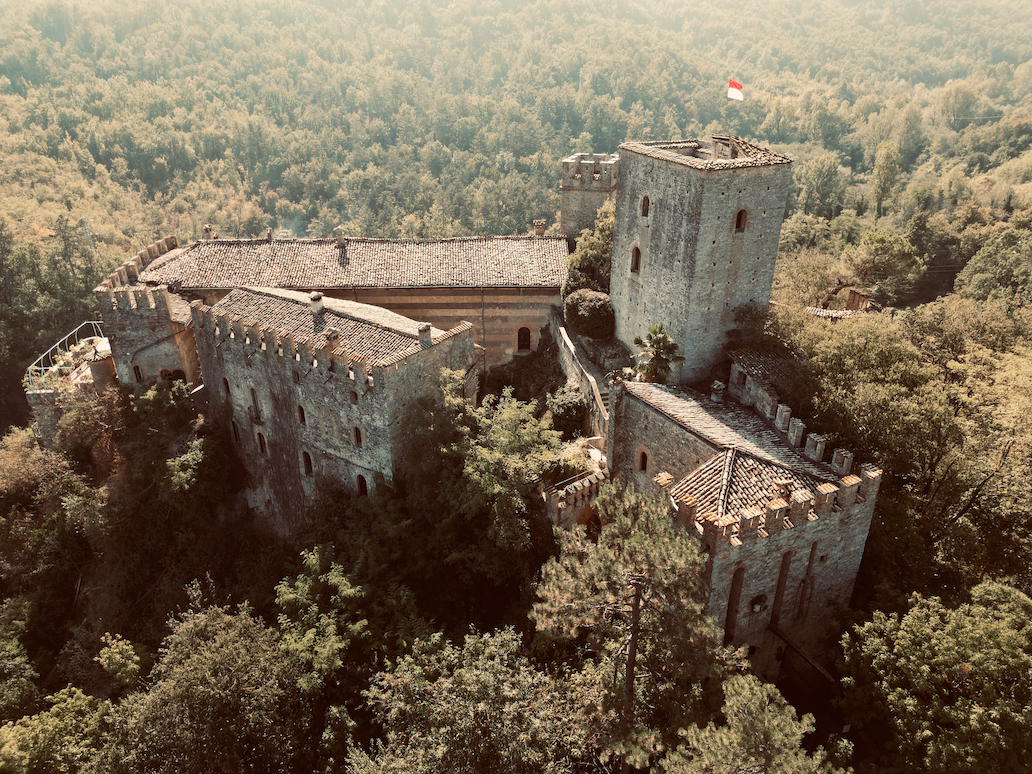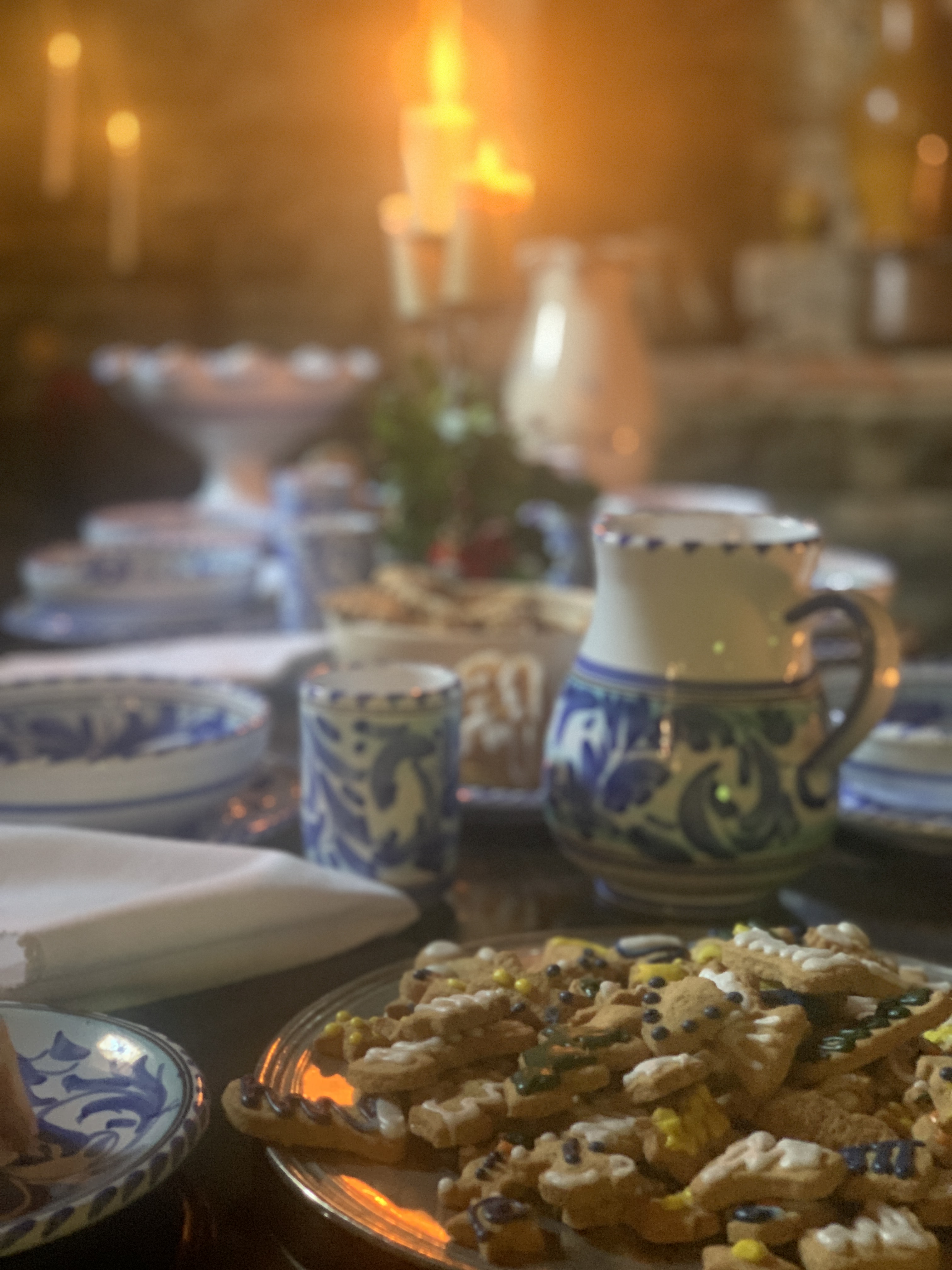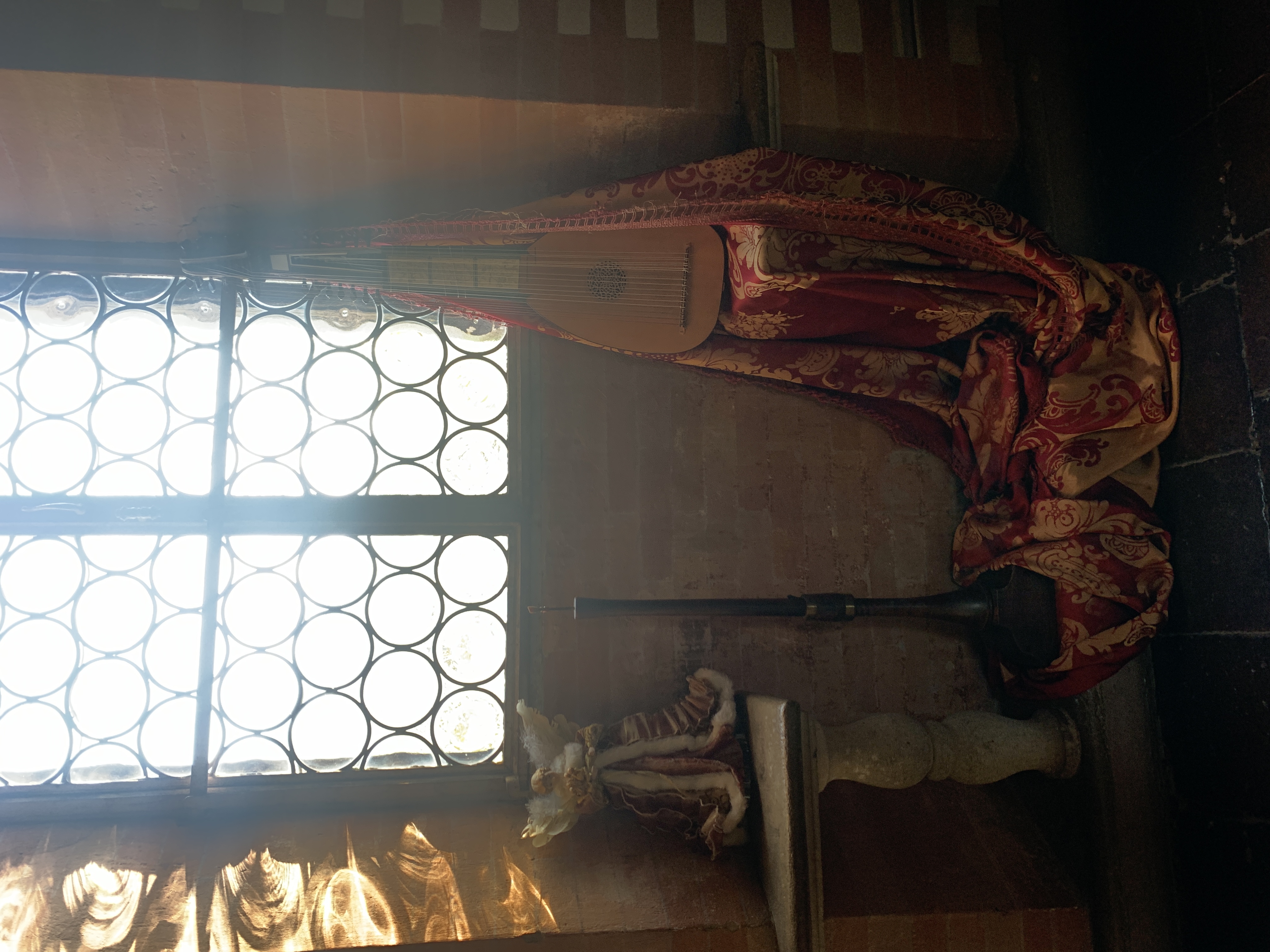La Peninsula
La Peninsula

In the rolling hills of Piacenza, in the region of Emilia Romagna, the echoes of the Farnese family still linger in the stone. Castello di Gropparello rises from Emilia Romagna’s picturesque landscape like a vision suspended between myth and memory. Built high on a blue rock outcrop and surrounded by centuries-old oak trees and roses, this medieval fortress has found new life through the innovation of the husband-and-wife team, Maria Rita and Gianfranco Giorgio Gibelli. Under their ownership, Castello di Gropparello is more than a glimpse through time; it’s a historic inn, a restaurant, and a festival ground all in one towering stone castle.

“I was born and raised in the land of the Farnese,” Maria Rita said, “Here, I felt at home, in a place where time has stopped, where everything is maintained with attention and taste.” It was this deep connection to place that inspired her to create not just a destination, but a living world: Il Parco delle Fiabe, the Park of Fairy Tales, and the enduring Castello di Gropparello legacy.
For Maria Rita, the castle’s revival was never meant to be a static restoration. It was to be a philosophy, a model of living heritage that brings value to the entire valley. From the time Gianfranco Gibelli bought the castle in 1994, Maria’s vision was anchored in sustainability, beauty, and humanity. She is driven by a business model that creates jobs for all generations, from students and mothers to artisans and those over fifty, adapting to their rhythms and family needs.
“We wanted to grow the valley economically without wounding its landscape,” she explained. “Our attention turned immediately to pollution, to the flow of visitors, and to teaching ecological respect.”
Every detail of the castle’s life reflects this ethos. Solar-powered lights glow only when footsteps pass. Rainwater is gathered for irrigation. Detergents are refilled, never wasted. The architectural lights that bathe the fortress each weekend illuminate for just three hours, allowing the stars to reclaim the sky. Even the handrails along forest paths are crafted from chestnut poles, harmonious with the woods that cradle them.
Gropparello is not merely a fortress; it is a home. Donated by Charlemagne to the Bishop of Piacenza in 808 AD, it has been reborn under the care of the Gibelli family, who live within its walls, their presence breathing warmth into its stone corridors.
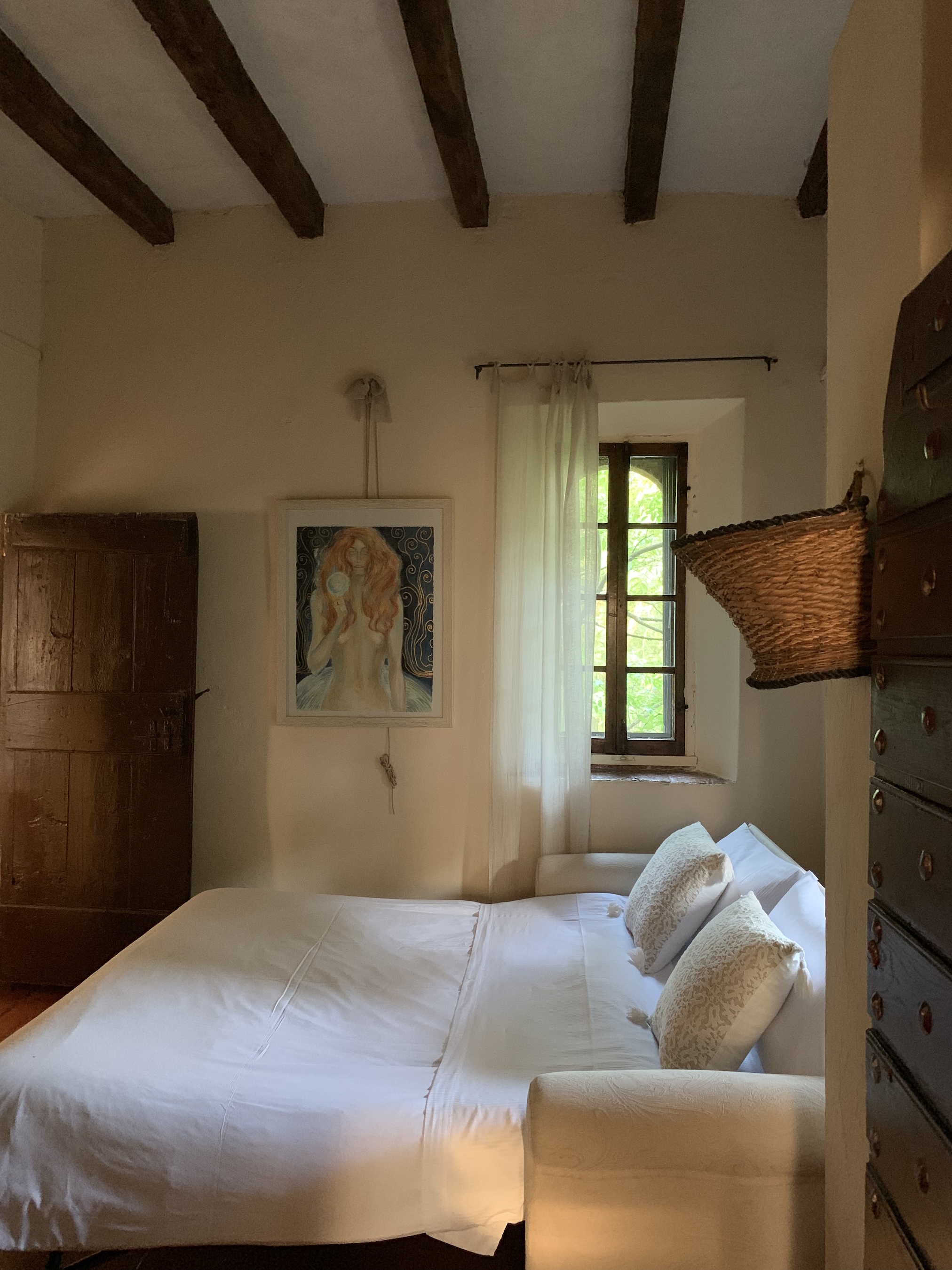
For those seeking romance, the castle is a dream made tangible. Weddings here unfold like scenes from a Renaissance painting: vows exchanged in rose gardens, the cortile d’onore dressed in candlelight, the cake cut upon the drawbridge, and the open bar glimmering beneath the stars. The surrounding park, an eighteenth-century English garden, wild and tender, offers fragrant walks among rosemary and olive trees, quince and roses, each view revealing a landscape suspended between poetry and legend.
And for those who stay, the Torre del Barbagianni, the Tower of the Barn Owl, offers an exclusive suite perched above the drawbridge, where morning light strikes lime-painted walls and terracotta floors. Within, the bathroom carved into rock hides an Amazonian hydromassage shower with chromotherapy. High above the castle itself, the tower is, quite literally, a room between heaven and earth.
Below the ramparts, the Parco delle Fiabe unfolds like a dream, a woodland theater that hosts a child-friendly medieval reenactment of sorts. Guided by actors in authentic period costume, children embark on a medieval adventure through an enchanted forest.
This Fairytale Park is also where the Grape Festival is held, with visitors contributing to and tasting the wine-making process. From stomping grapes to tastings with the castle sommelier, guests are immersed in the traditionalism of Old World winemaking.
The Grand Court Party, which partly takes place near the “fairytale” woodlands, recreates “la tavola dei Re” (the table of kings), allowing visitors to witness a medieval great hall banquet…Piacenza style.
The enchantment continues at the Museo della Rosa Nascente, the Museum of the Rising Rose, an alchemical garden of color and scent that winds through the castle’s park. Over seventeen rose gardens bloom here, each unfolding like a chapter in an ancient story. There are 1,200 rose plants representing 125 varieties, from the blush-pink Alba Maxima, the “queen of all” that blooms only once each year with an apricot glow, to wild dog roses, tea roses, and those whose petals smell faintly of lemon and peach.
The museum, Maria Rita’s creation, is not a collection but a pilgrimage. “The rose,” she said, “is a plant with a soul, born with colors that change as they mature, as people do.”
Through the evolution of color, fragrance, and form, visitors follow a path toward inner perfection, a dialogue between nature and the human spirit.
At the Medieval Tavern, Piacenza’s cuisine traditions unfold in their most refined form. Among the culinary delights offered, sourced from local ingredients, guests can begin with a tasting of salumi from the nearby mountains, coppa, pancetta, salame gentile, and mariola, served with crisp, golden gnocchi fritti.


The first courses are rich and regional: ravioli filled with caramelised onions and stracchino fondue from the Orobic Valleys, dusted with pistachio and dried cranberries; or cappellacci stuffed with porchetta, cloaked in an Ala di Drago reduction, and crowned with crispy pork rind and furmai cheese. The mains evoke rustic elegance, roast lamb with chili and sautéed chicory, or porchetta alla Viterbese with potatoes and Taggiasca olives.
For dessert, almond flan with Malaga ice cream, zabaione semifreddo with strawberry sauce, or the house’s Panfiorone, an ancient Florentine panettone, await. And of course, the castle’s own handmade chocolate, a creation that has become a local secret whispered with delight.
Although Castello di Groperrella is a private residence, the restaurant is open to the public but can only be entered on a guided tour or with a confirmed reservation.
Among the many treasures hidden within Gropparello’s stone corridors, one room in particular still vibrates with the echoes of centuries past, a sanctuary where time is measured not in hours, but in notes: The Studiolo della Musica.
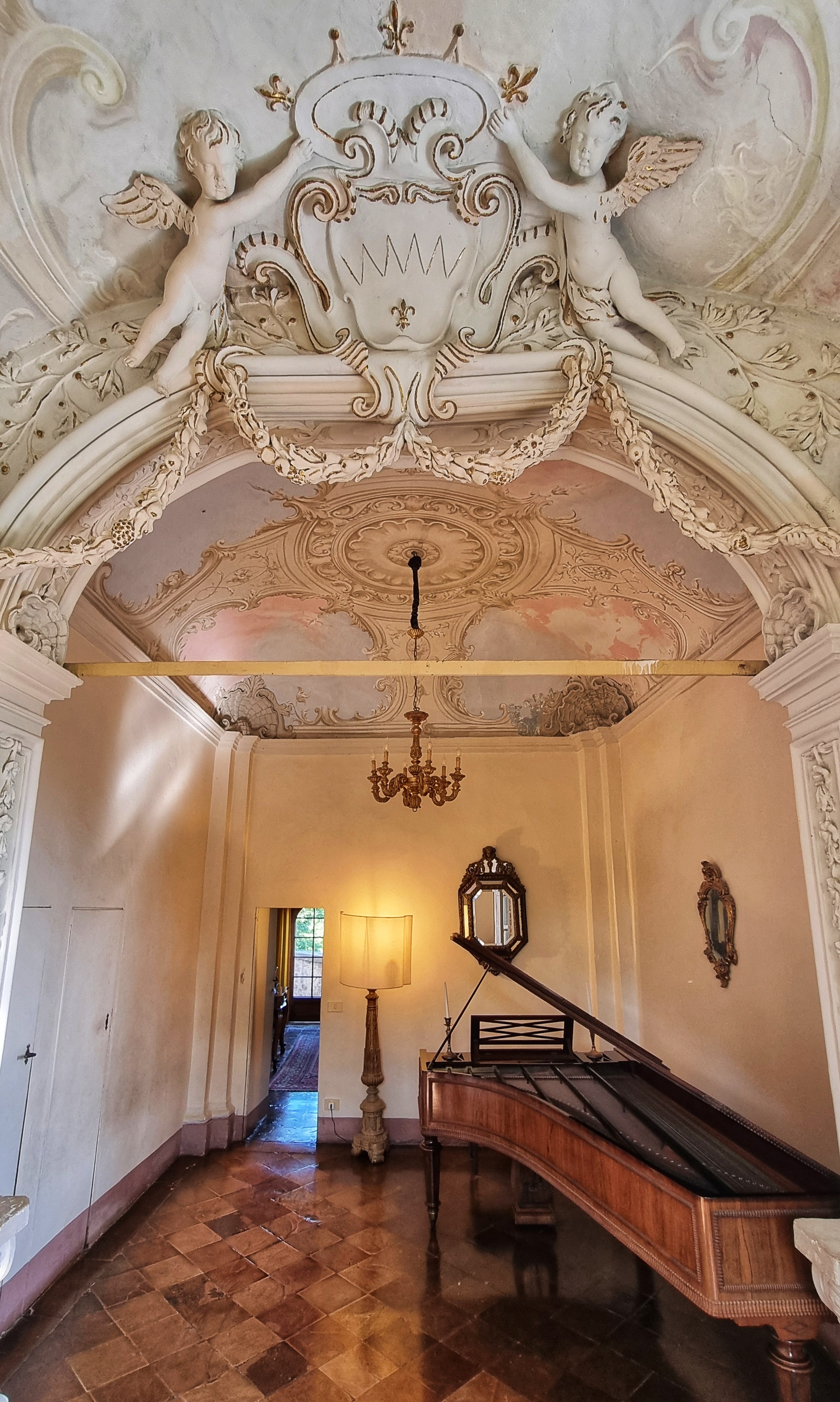
This vaulted room houses historic musical instruments dating back to the Renaissance. Its arched ceiling enhances sound, making it the perfect home for the castle’s collection of musical artifacts. At its center stands a grand piano of rare lineage and grace. Built in Paris in 1847 by Pierre Erard, whose signature is delicately inlaid beneath the lid, this “grand grand” piano is a masterpiece of refinement, belonging to one of the most prestigious piano-making dynasties in 19th-century Europe. Its lines are elegant, its tone both luminous and introspective, evoking the salons of Old World France.
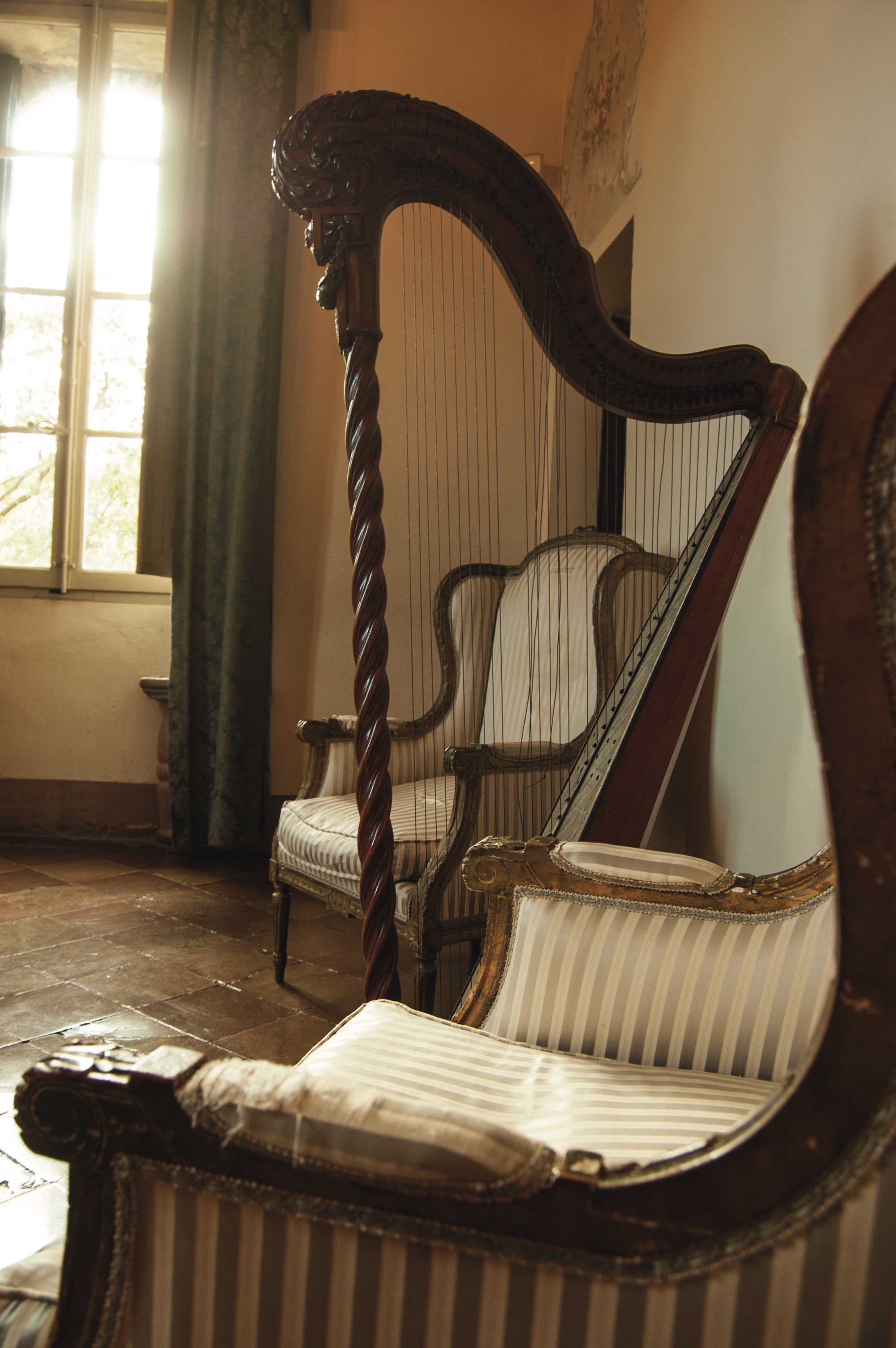
Across the room, a harp from the early 18th century glimmers softly in the filtered light. Slightly smaller than its modern descendants, it carries the lyrical imprint of an earlier age, when the instrument’s sound was lighter, more crystalline. Experts suggest it may be the work of Sébastien Erard himself, an ancestor of Pierre, and one of the great innovators of the instrument’s history.
Nearby rests a stringed instrument of humbler origin, a violoncello popolare, likely born in the Brescia-Cremonese region in the early 17th century. It's wood still breathes the warmth of the artisan’s hand, its simplicity revealing the raw beauty of Brescia’s vernacular musical tradition.
The collection extends to a new chamber, where instrument reproductions stretch even farther back in time. A 1697 model of a Grimaldi-designed harp stands alongside an archlute inspired by 17th-century luthier Matteo Sellas. There are also straight Baroque flues and a family of cromorni, a Renaissance flute-like instrument modeled after originals honored at the Germanisches Nationalmuseum in Germany.
Among the 19th-century pieces, the collection includes a violin and cello from the French school circa 1870, a Neapolitan mandolin crafted by Lindberg in Florence, and a boxwood transverse flute with six keys by Majno of Milan. There is also a Hungarian zitar from the 18th century and, perhaps most enchanting of all, a mechanical tabletop instrument built in Vienna around 1820.
Today, the Studiolo della Musica serves as both a learning space and a rehearsal room for small ensembles devoted to early music. For the children of local schools, it is a doorway into history, an introduction to the language of sound as it once was heard.
School programs extend beyond musical study. Immersive experiences blend education with activity: A Day in the Middle Ages, King Arthur and the Knights of the Round Table, Dante and Hell, The Betrothed, and The Value of Dissent, a new program exploring Napoleonic politics and the culture of government. Between lessons, students dine in the Medieval Tavern for a day of authenticity.
Today, Castello di Gropparello is one of the best-preserved castles in Emilia Romagna…and in all of Italy itself. Every rose, every stone, every flicker of candlelight speaks of a love for beauty that transcends time, a love that Maria Rita and Gianfranco have shared with their land and their guests.
Through its careful restoration by the Gibelli, Castello di Gropparello is a heartbeat, not a ruin. Eternally, it is a castle with a soul, forever in bloom.
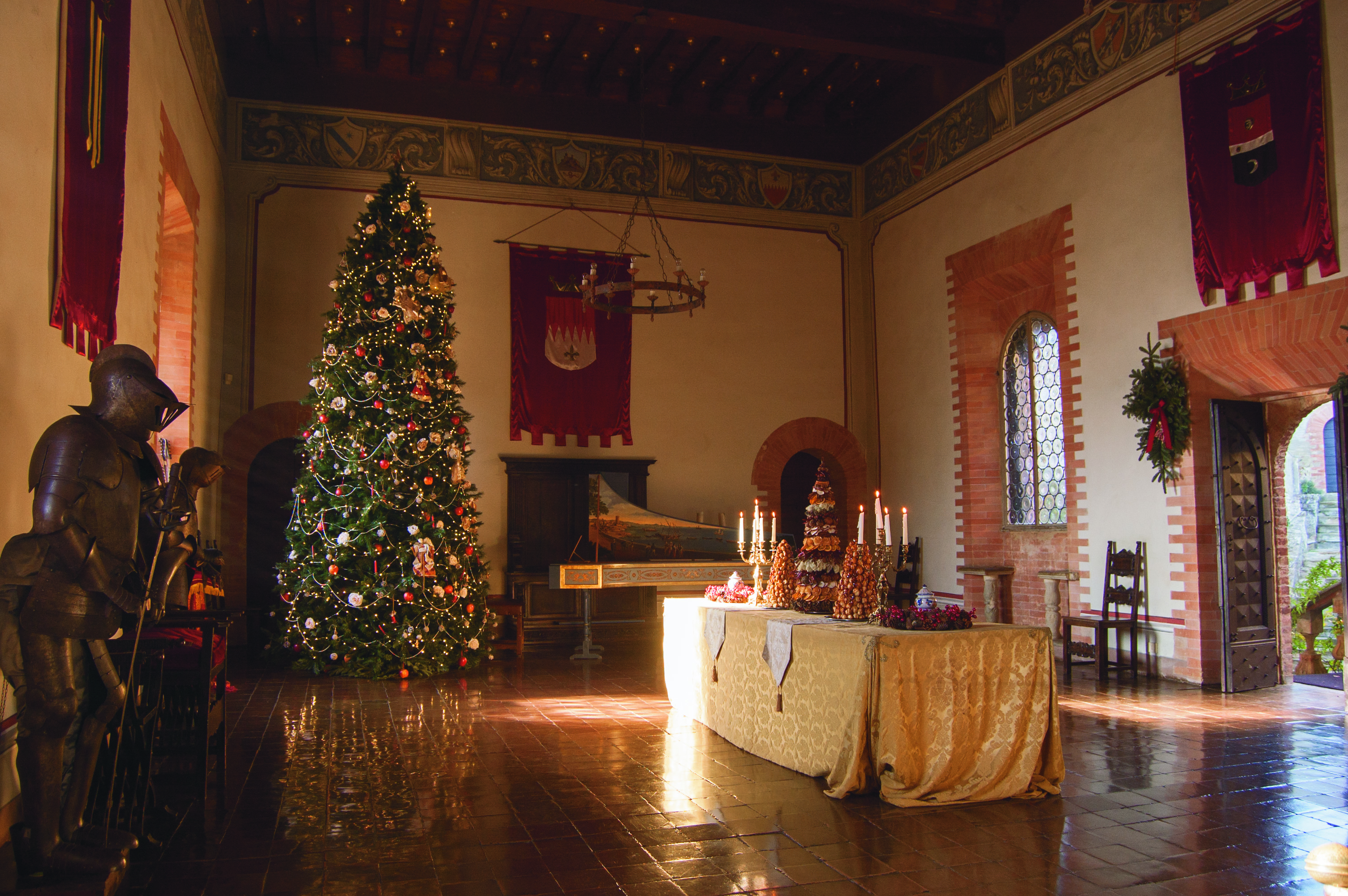


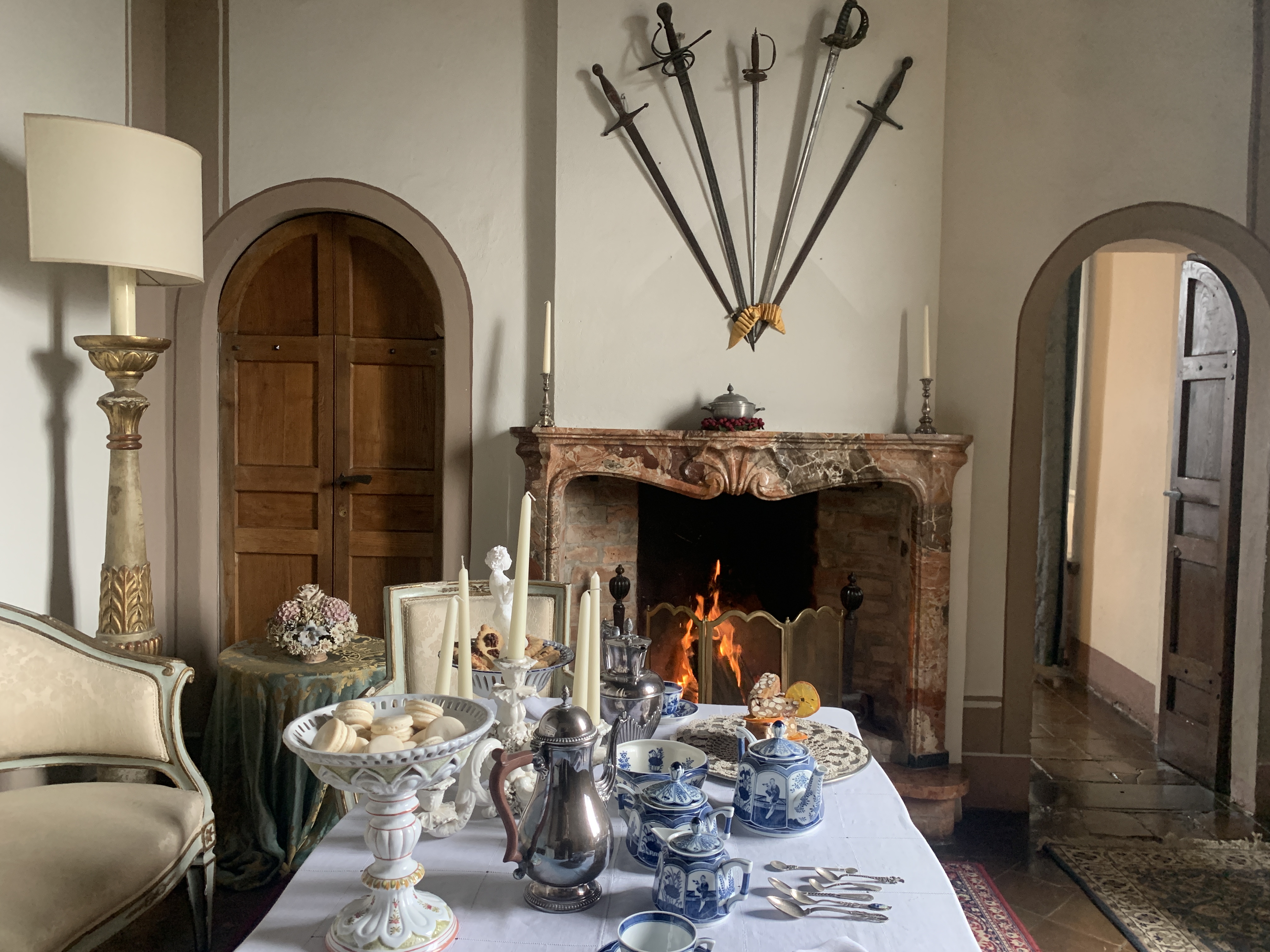
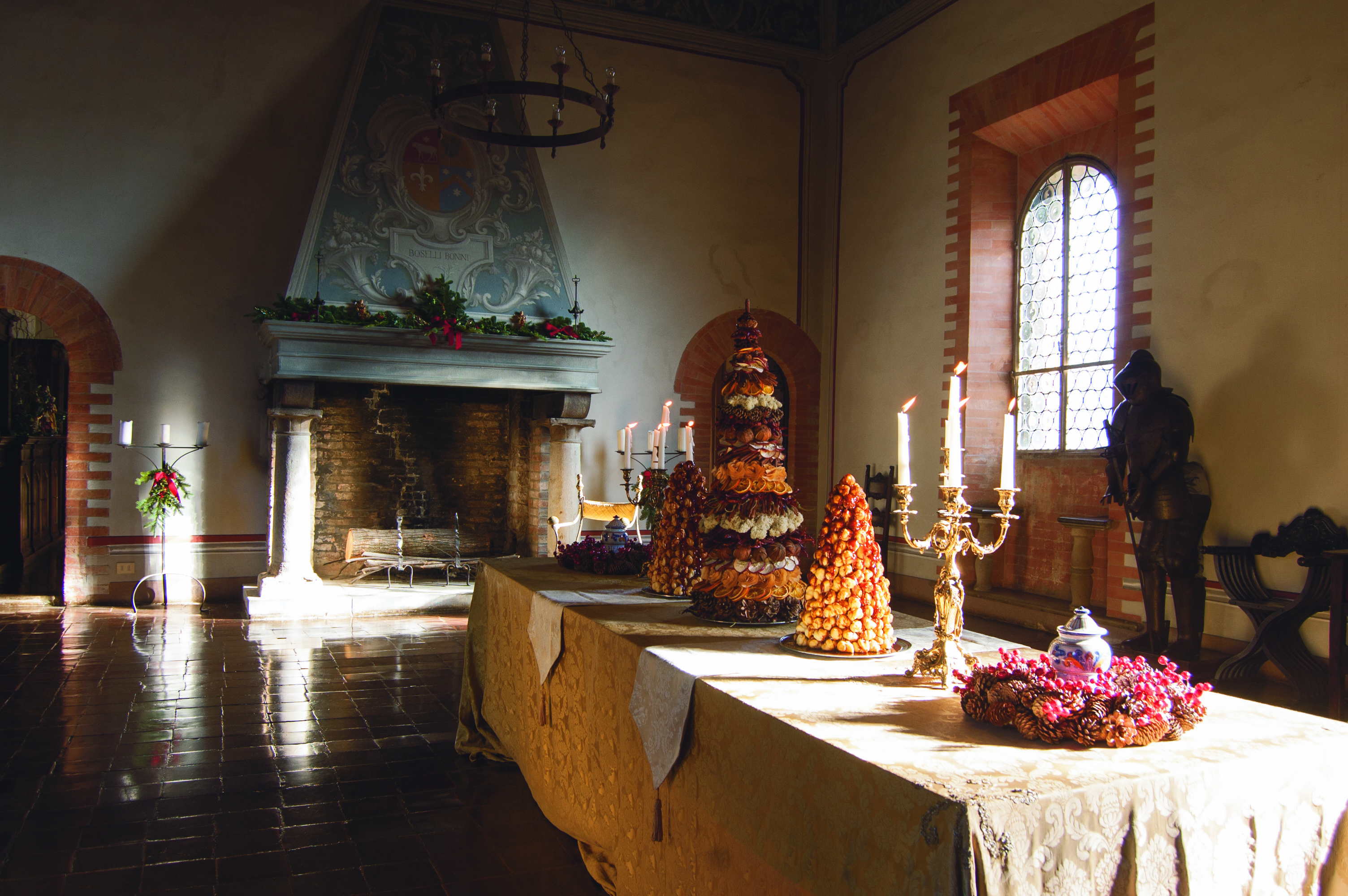
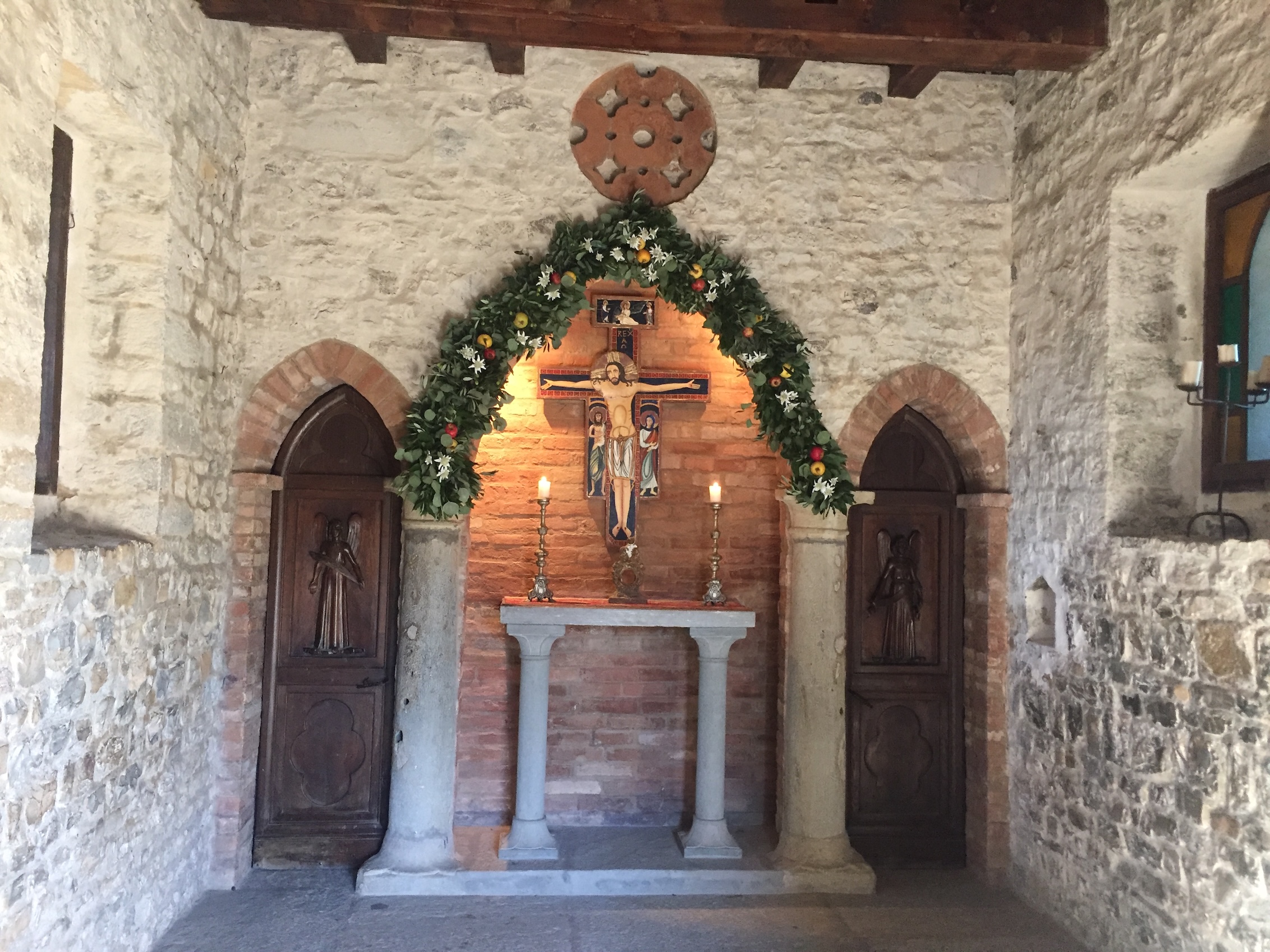
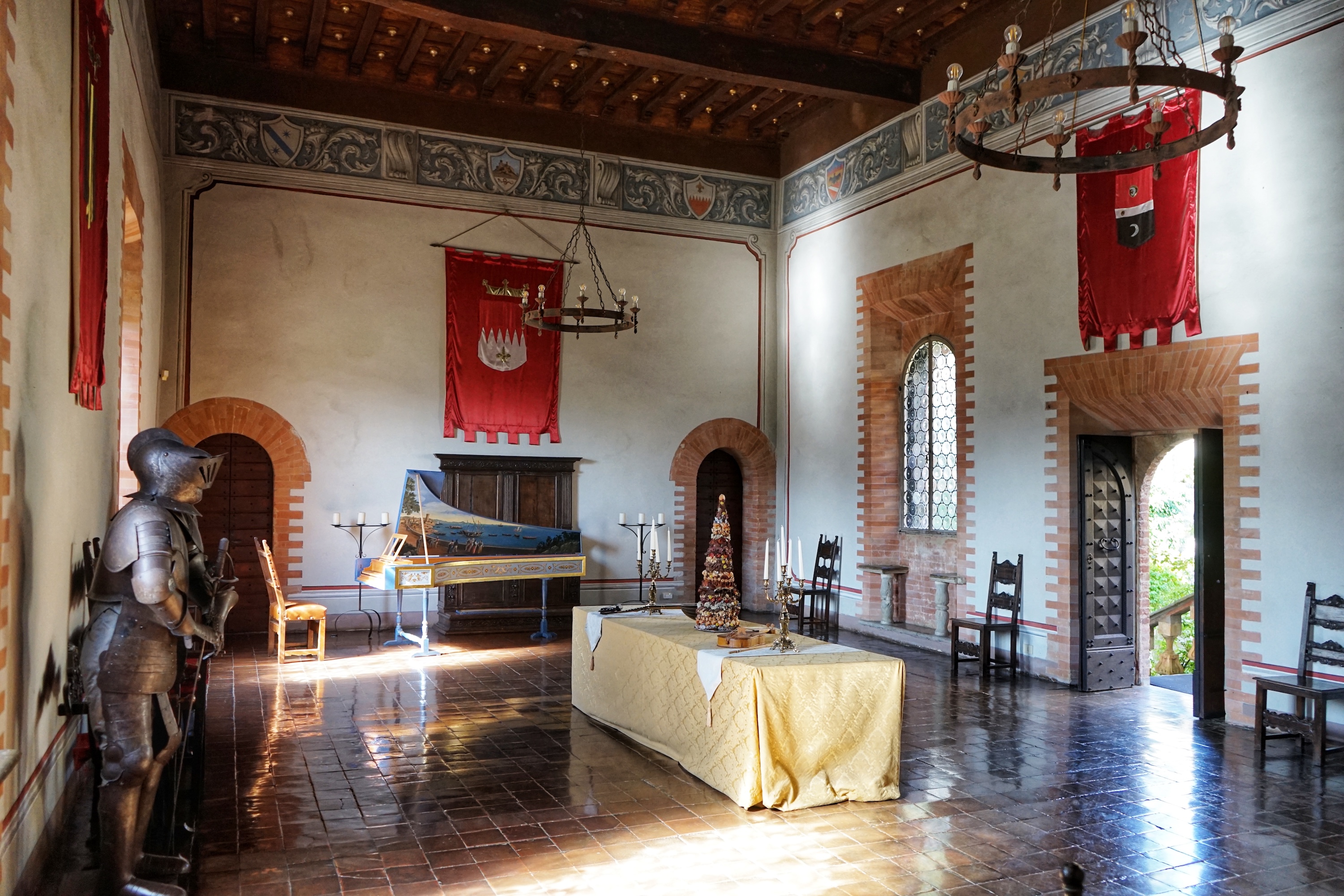
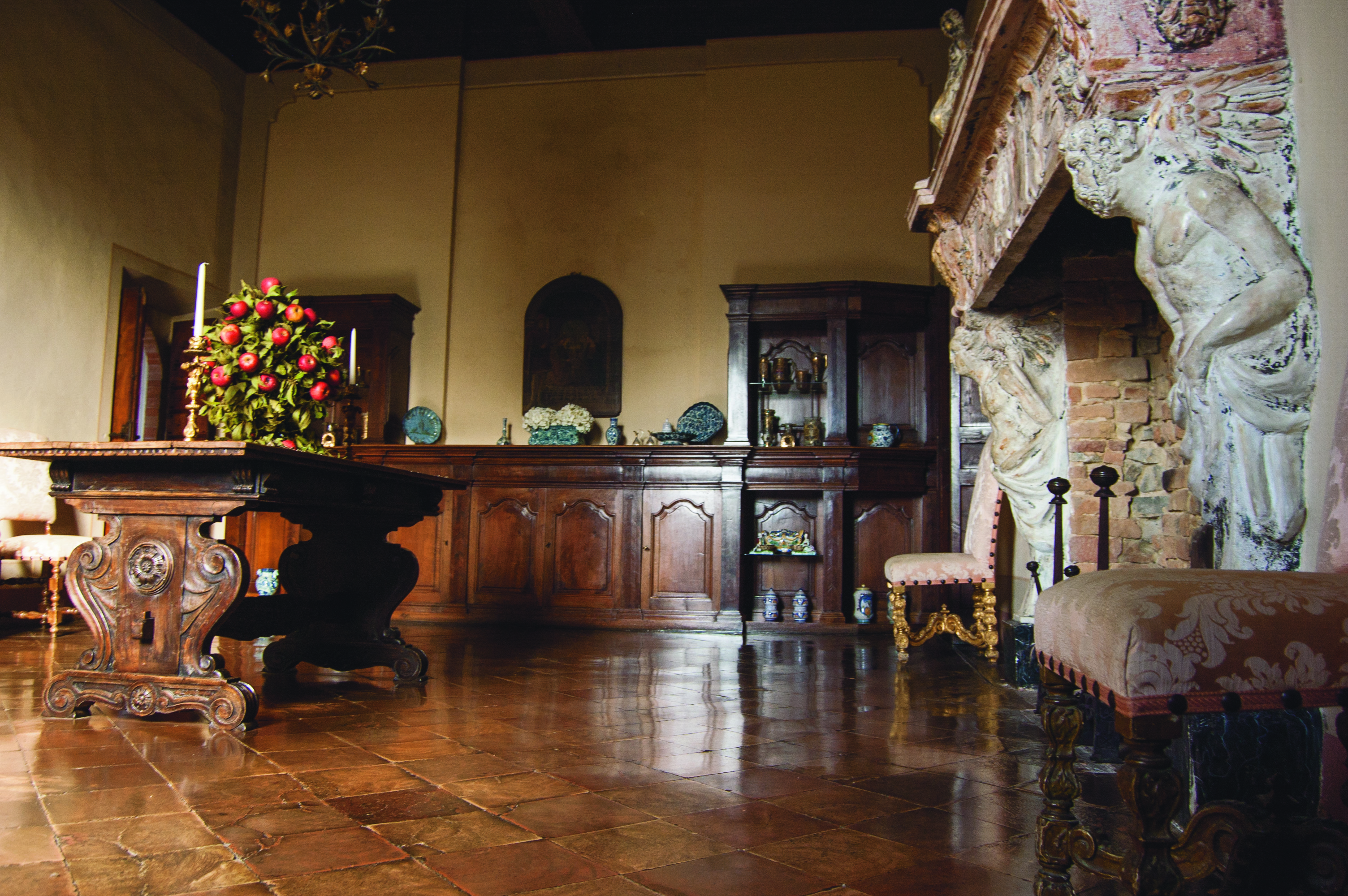
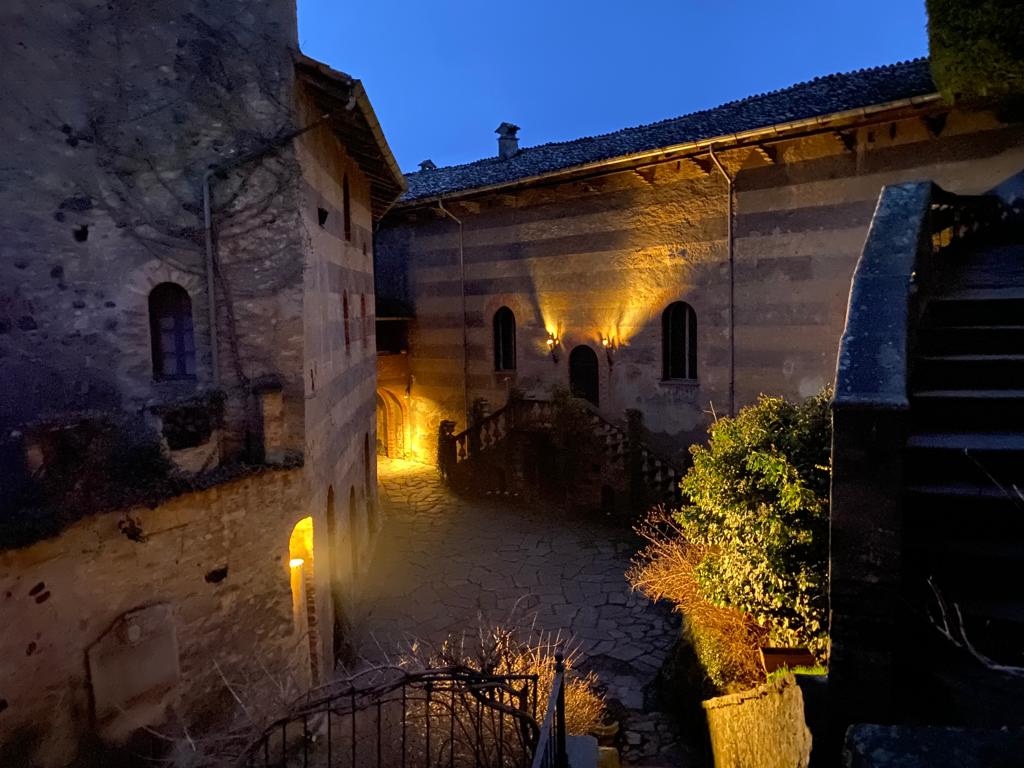
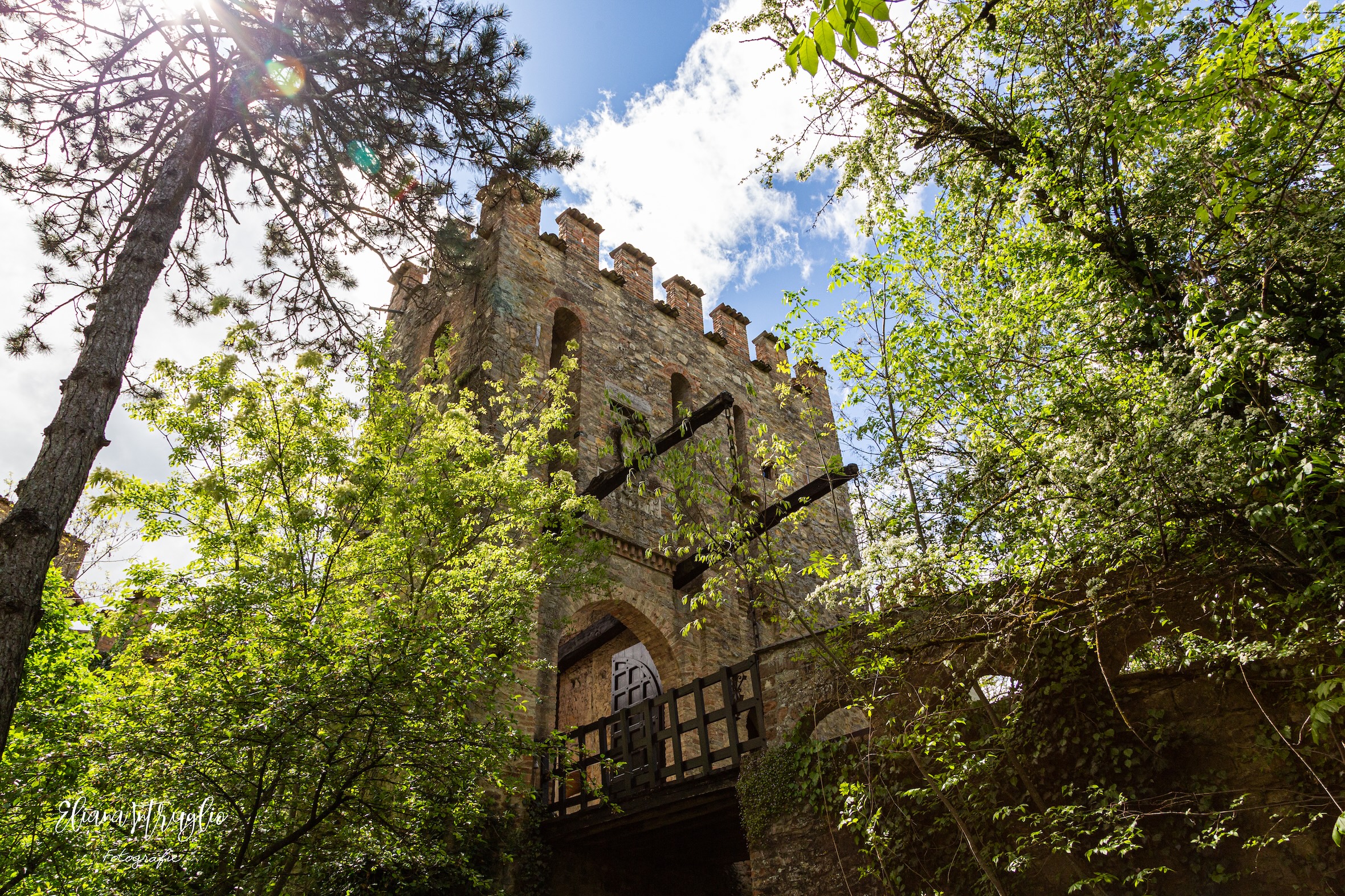
.jpg)


